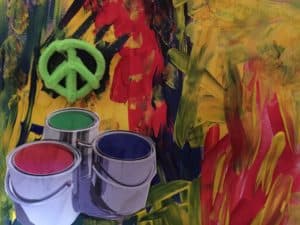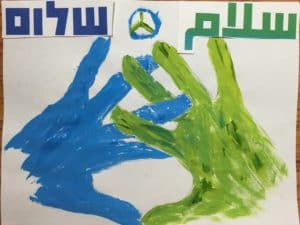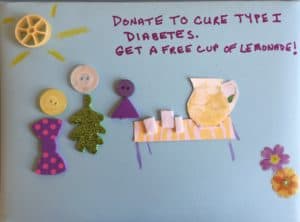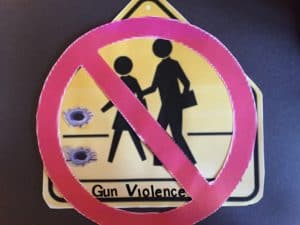Giving Thanks for the Boulder Food Project
Hana Dansky has done a lot of digging to find out the general landscape when it comes to food production and consumption. She is not happy with what she’s found. She states it succinctly: we put “10 percent of our national energy budget, 50 percent of our land use, and 80 percent of our freshwater resources into food, truck it around the country, and then end up throwing away nearly 40 percent of everything we produce, much of which is still edible and healthy.” At the same time, there are hungry people everywhere.
Saying No to Waste
Hana is putting her body and soul into changing that. She and a small group of friends have started The Boulder Food Rescue. They go around to grocery stores around Boulder picking up food that is slated for the garbage heap and redistributing it to organizations that serve food to the poor. In the last four years, the Boulder Food Rescue has grown to include 150 volunteers who do food pickups ten times each day. They are able to save 1000 pounds of food each day and get it into the mouths of those who don’t have other access to healthy food – people in low-income housing, homes for the elderly, preschools and after school programs.
Sharing Food in Community
The Boulder Food Rescue also values community. It is not just about giving to those who have less but sharing in community with them. Once a month, volunteers host a meal – they share with their guests the cooking and the eating.
Their work has inspired others. Their model is being put to work in cities across the country that collaborate through the Food Rescue Alliance.
Want to Get Involved? Learn more at boulderfoodrescue.org or https://twitter.com/BldrFoodRescue.




